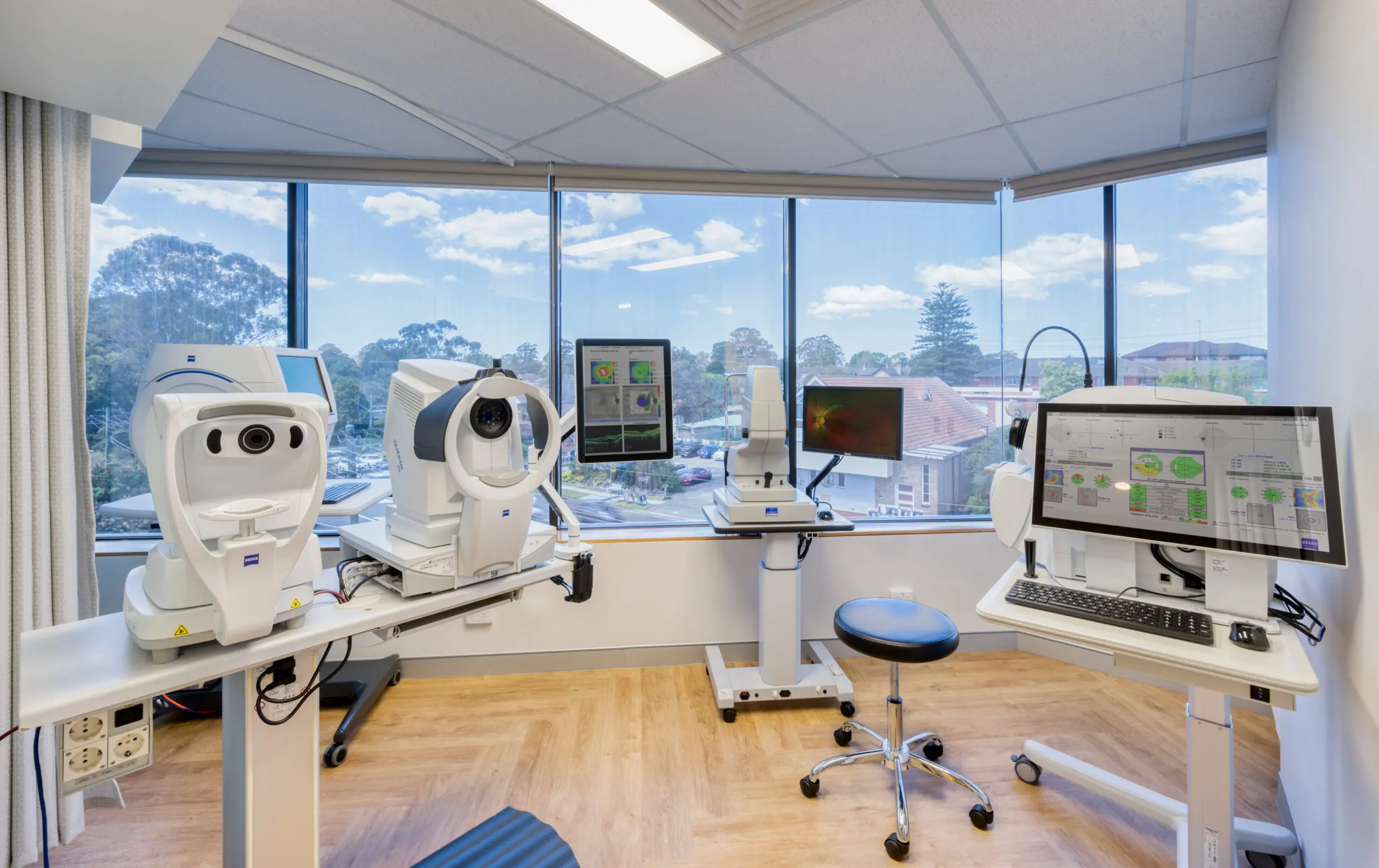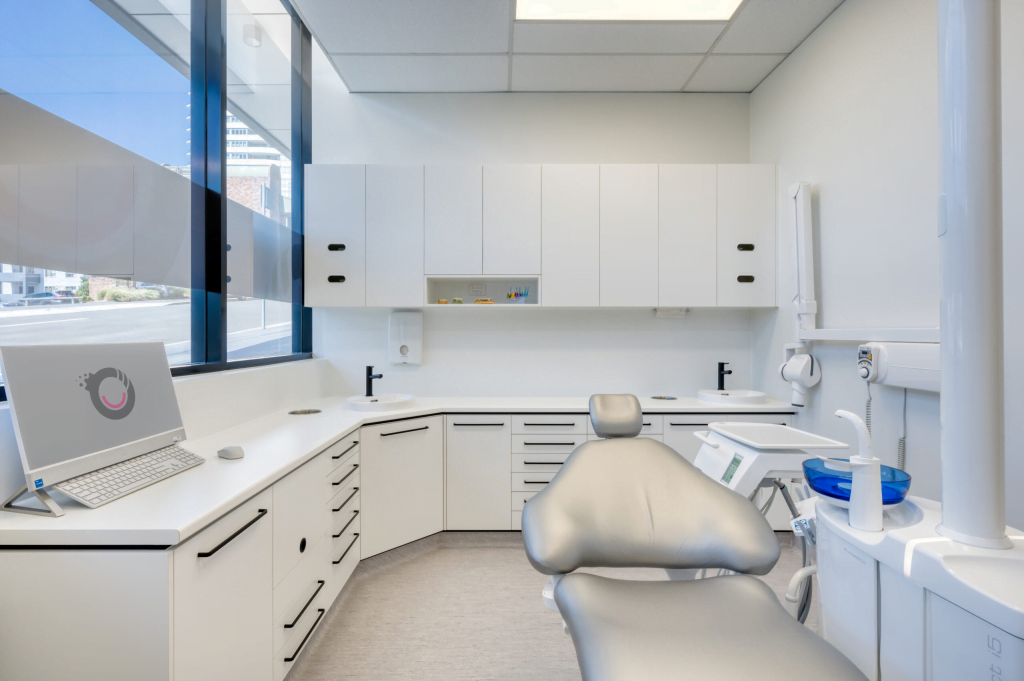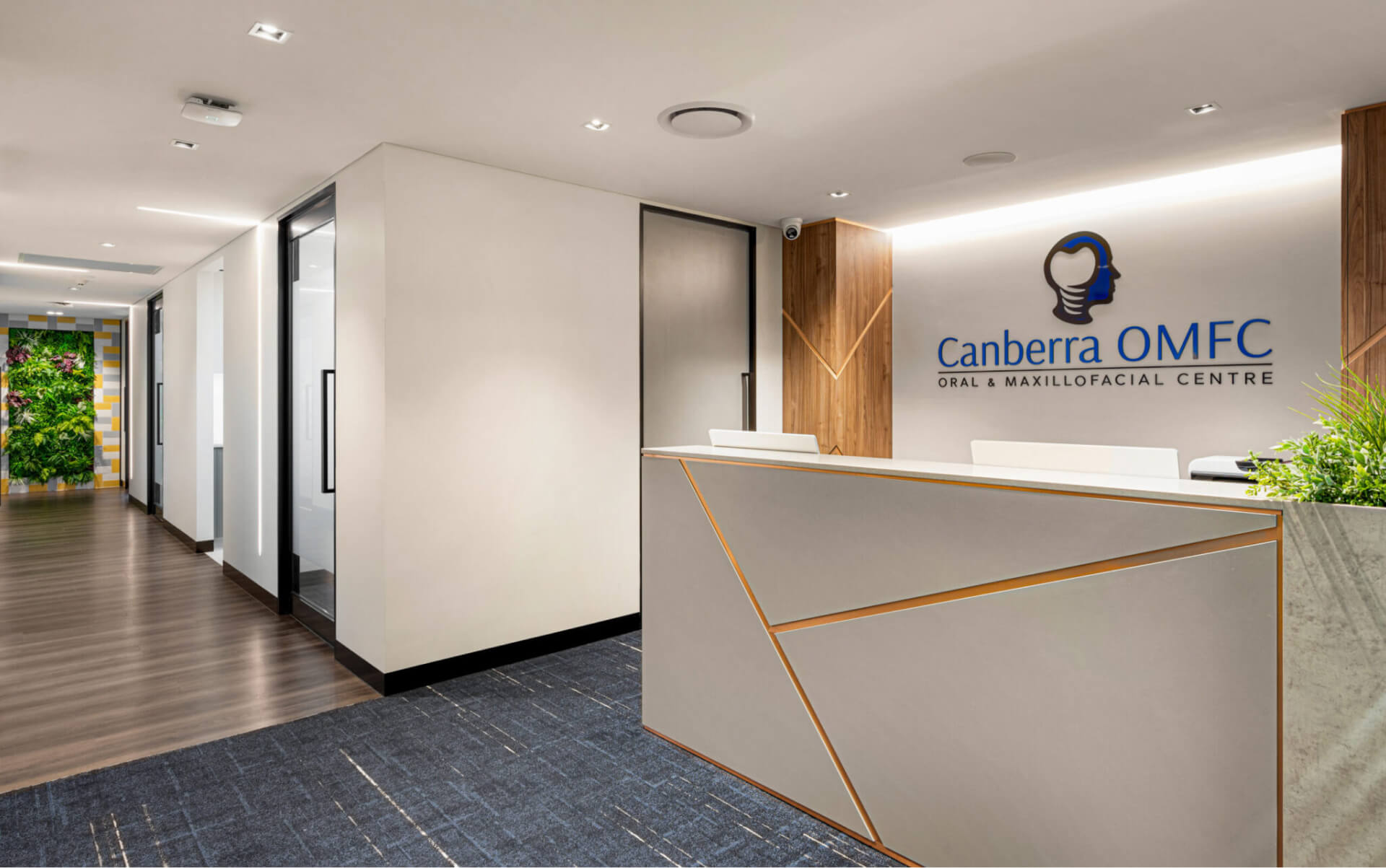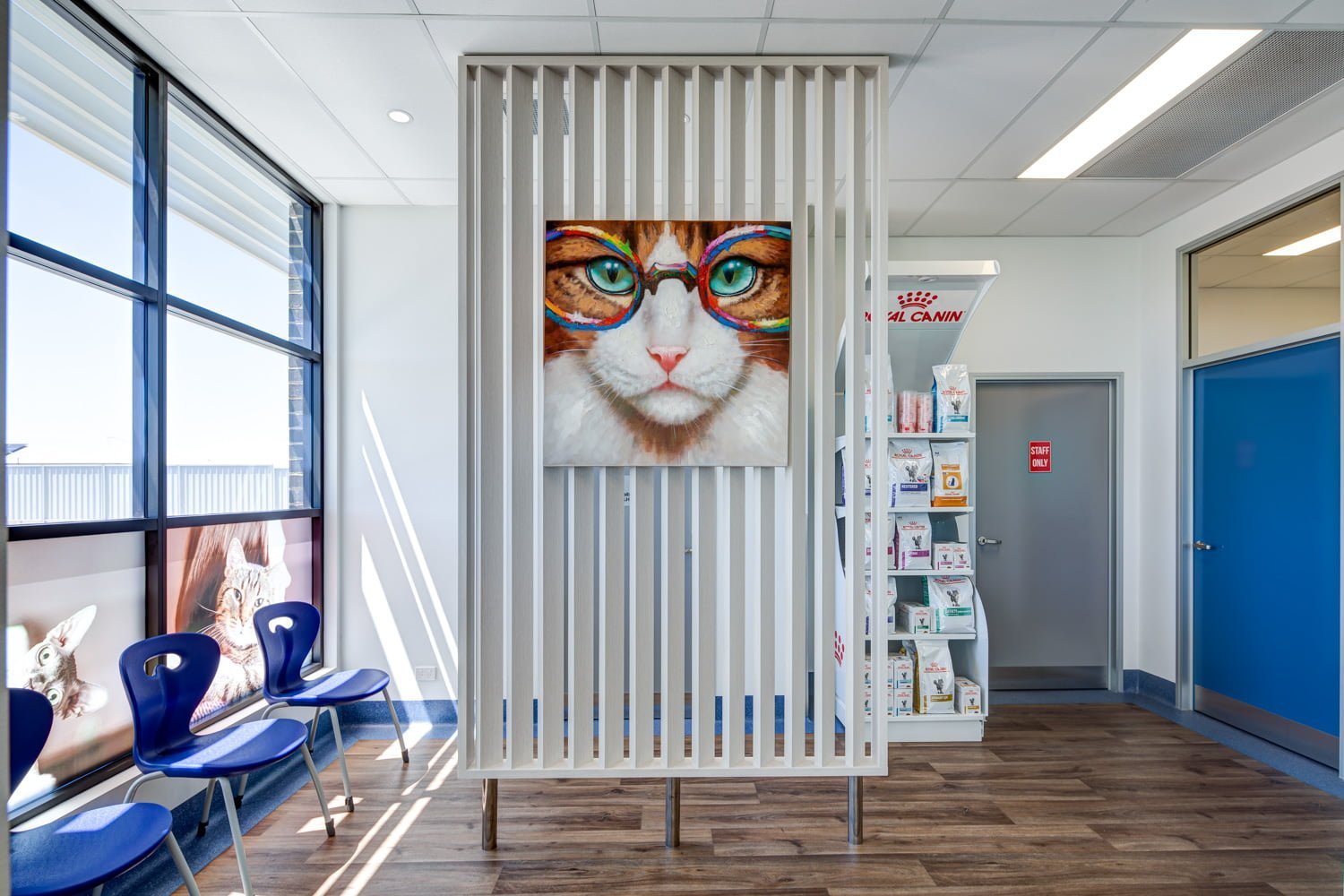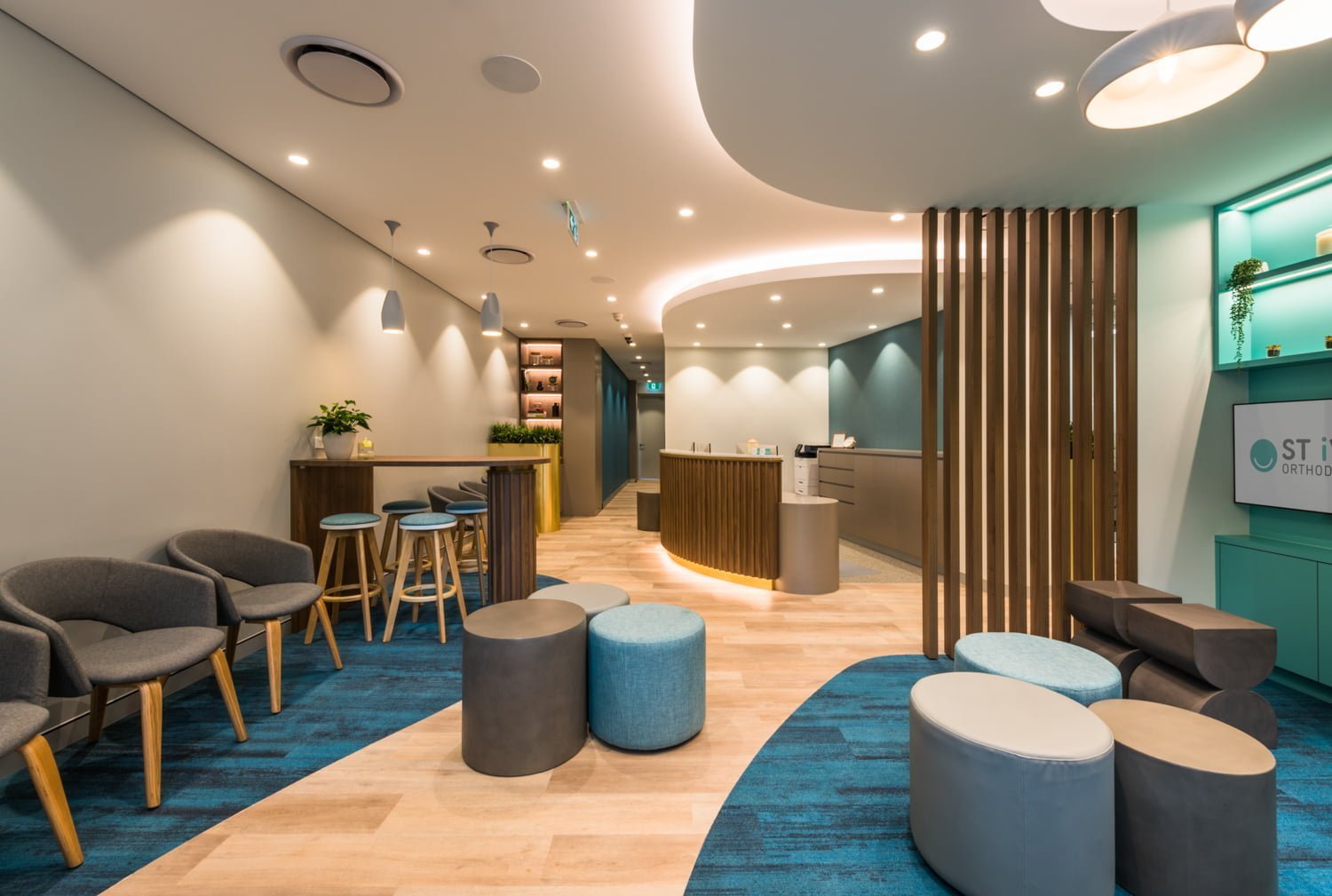Over the last few years, the COVID-19 pandemic highlighted the importance of infection control in our daily lives: social distancing, regular hand washing, and wearing face masks, all of which contributed to minimising the spread of germs.
But let’s consider all this in a healthcare practice setting. The importance of being prepared and resilient in the face of unexpected events cannot be overstated. Will your current layout be able to withstand the challenges and disruptions that a pandemic brings – and still continue to operate effectively?
Designing your practice for success
It goes without saying that infection control plays a vital role in creating a functional and effective medical design fitout that prioritises the health and wellbeing of everyone involved. The spread of infectious diseases is a serious concern in healthcare settings, and proper design and planning can help to minimise the risk of infection for both patients and staff. By incorporating best practices for infection control, such as proper ventilation, easy-to-clean materials, and designated hand-washing areas, a medical fitout can help to ensure a safe and hygienic environment for all who enter.
Here, we deep dive into how to design your medical practice or physiotherapy clinic fitout with special consideration for infection control.
Materials and finishes
All touch points should be carefully considered in your design, including door handles, handrails and even latches. Choosing the right materials and finishes is crucial when designing a medical fitout clinic with infection control in mind. Here are some key factors to consider:
- Using non-porous surfaces: Stainless steel, laminates and homogonous vinyls are non-porous and easy to clean and disinfect, reducing the risk of infection transmission. What’s more, they provide a balance of aesthetics and ease of maintenance.
- Investing in antimicrobial properties: Look for materials that have antimicrobial properties, such as copper and some types of paint. These materials can help to kill or inhibit the growth of bacteria and viruses.
- Choosing products that are resistant to harsh chemicals: Ensure that the materials and finishes you choose can withstand harsh chemicals and disinfectants without becoming damaged or discoloured. Where possible, consider glass, ceramic tiles, laminates, and acrylic-based materials.
- Avoiding porous materials: Imitation timber vinyl, and homogonous vinyl is easy to clean thoroughly, and they don’t harbour bacteria like fabric, carpet or untreated wood.
Naturally, the fewer surfaces that are touched, the less potential there is for viruses to spread. You might want to consider automatic doors that allow patients to enter and leave your clinic without touching any handles. The same method can be applied by replacing conventional tapware in the practice, with sensor tapware and soap dispensers.
Layout and traffic flow
Designing a layout that minimises cross-contamination is essential. Critical areas to focus on are;
- Separating clean and dirty areas: Draw a clear distinction where clean equipment and materials are stored and used from spaces where contaminated equipment and materials are handled and disposed of. This can help prevent cross-contamination and the spread of infections.
- Providing clear pathways: Designing circulation routes can help reduce congestion, and overlap of clinical staff with patients. This includes creating clear entrances and exits, separating patient flow, and providing separate entrances and exits for staff, patients and visitors.
- Optimising your space: Efficient use of space can help prevent overcrowding and facilitate social distancing measures. This may involve spacing out furniture and equipment, and providing adequate waiting areas with plenty of room that’s accessible for all. It goes without saying that private spaces for consultations are a priority.
- Designating a space for PPE: By providing a separate area for storing and wearing PPE, healthcare workers can avoid bringing potentially contaminated items into clean areas of the facility.
Ventilation and air quality
Proper ventilation is important for reducing the risk of airborne transmission of infections. You may want to install High Efficiency Particulate Air (HEPA) filters that remove small particles from the air, including allergens, dust and some microorganisms. When possible, use natural ventilation such as opening windows to improve air quality and reduce the risk of infection. You may also want to use portable air purifiers in areas with poor ventilation.
Heating, ventilation and air conditioning (HVAC) systems should also be properly maintained and cleaned to prevent the build-up of bacteria, mould and other contaminants that can contribute to poor air quality.
Ventilation can be installed along with the HVAC outlets, to ensure that the air in the room is regularly circulated.
Maintenance
A clean and well-maintained environment helps to prevent the spread of infection and disease, as well as ensuring the smooth operation of a clinic. Some considerations include:
- Regular maintenance schedule: Establish a regular cleaning schedule, with a focus on cleaning and disinfection of surfaces. Wiping down equipment and systems can help eliminate harmful bacteria, reducing the risk of infection for patients, staff and visitors.
- Proper disposal of hazardous waste: Medical supplies and contaminated materials should be disposed of quickly to prevent the spread of infection. You might want to consider designing spaces with designated areas for waste disposal, with easy access to bins.
- Run regular audits: Monitor and assess infection control compliance. These audits can be conducted by internal staff or external auditors to help identify any areas for improvement. You could also track the number of infections, the types of infections and the outcome of infections to monitor the effectiveness of infection control measures.
Invest in the security and wellbeing of your medical fitout with Perfect Practice. We can help to integrate effective infection control designs into your new medical centre architecture, taking into account your brand style, the size of your space, and budgeting costs.


